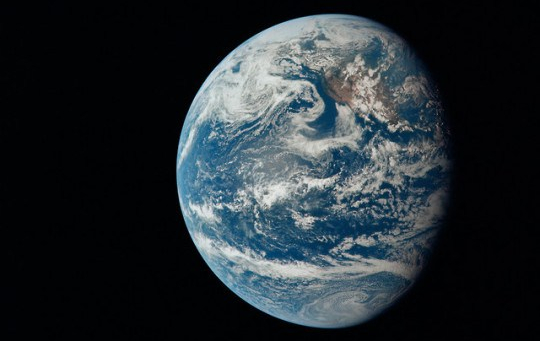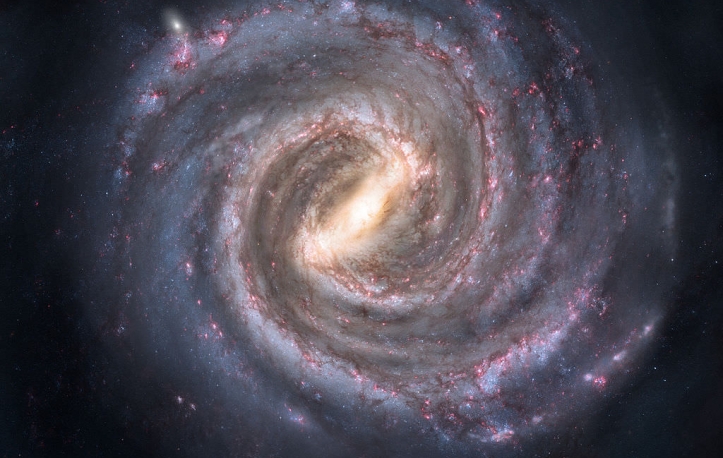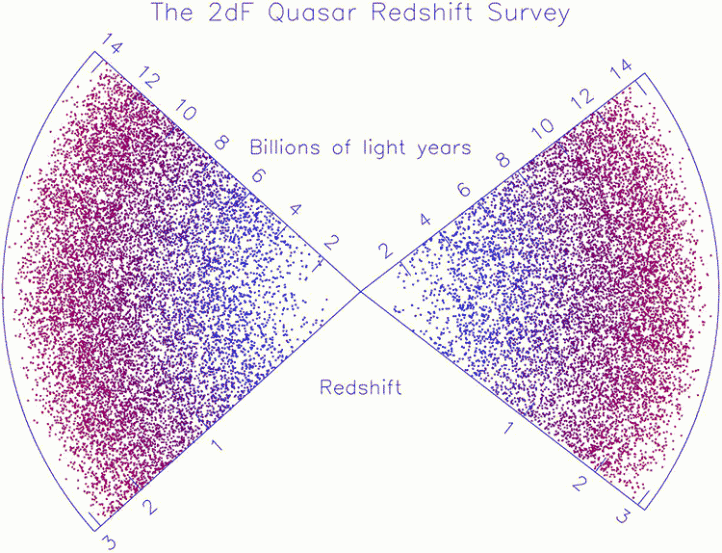The first thing you learn in cosmology is that the universe is isotropic. Our own observations show this, but on the very large scales. This fact has a name: the Extended Copernican Principle.
We’re the only planet with life so far, so if we look on the scale of our own planet, the cosmos seems completely unique in all directions. Even at the scale of the solar system, the universe is still incredibly varied!

If we have a look at our galaxy, it’s clear there’s still not much homogeneity. There’s a huge cluster of stars in the centre of the galaxy (plus a supermassive black hole), which decreases in density as we travel further from the centre. There are many places that are alike in a galaxy, but variations are still too large to be negligible.

When we approach the super-cluster scale, NOW we’re talking!
Take a look at the 2dF quasar survey. It shows the distribution of quasars and their redshifts as far as 14 billion light years away! As you can see, the distribution looks very uniform.

The centre is us, Earth. There are no quasars here, but remember as we look further into space, we look further into the past. Quasars are very young galaxies which burn through their fuel very quickly. Naturally, current galaxies have long finished their rampant quasar phase, but we can’t see the current state of the entire universe.
Quasars are very active nuclei of galaxies. If you want to learn a bit more on them, click here.
I always love your posts Fran! Amazing to see and read such enthusiasm with regards to Physics. Although, I hope to stay reading a post of your soon on the WMAP detector. 😉
LikeLiked by 1 person
Thank you! Interestingly enough, I’m doing a research project on coding anisotropies in the microwave background. I didn’t think to write a post about it. WMAP it is!
LikeLiked by 1 person
Great post 😊
LikeLike